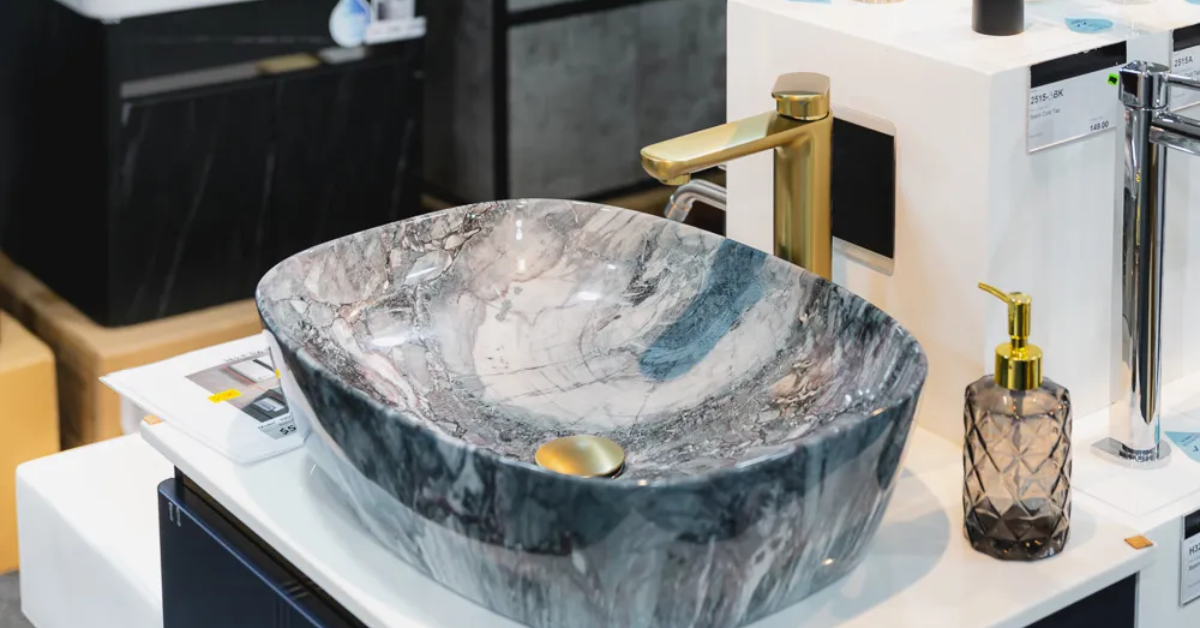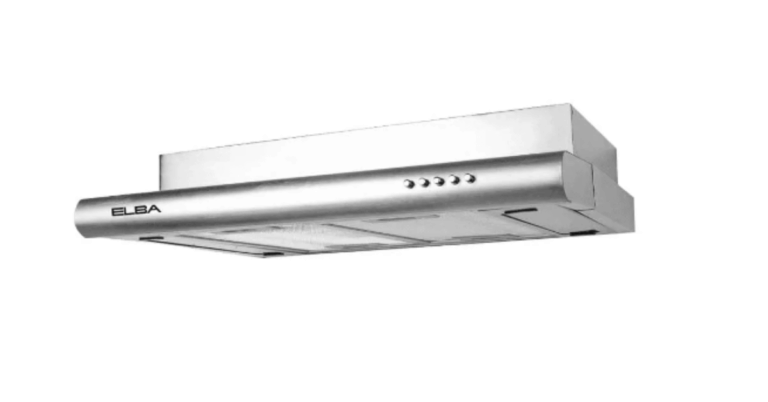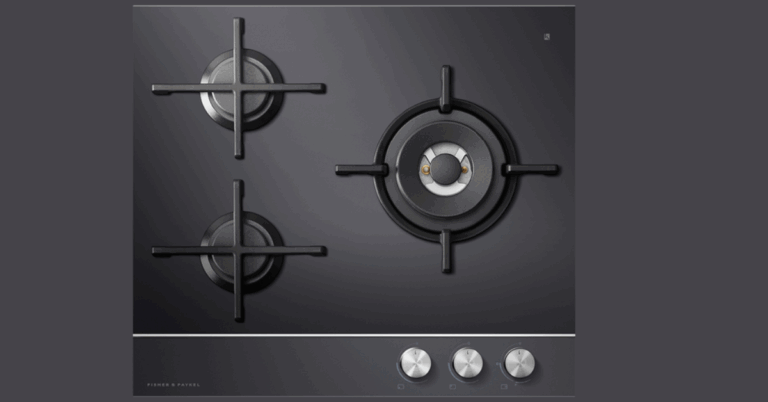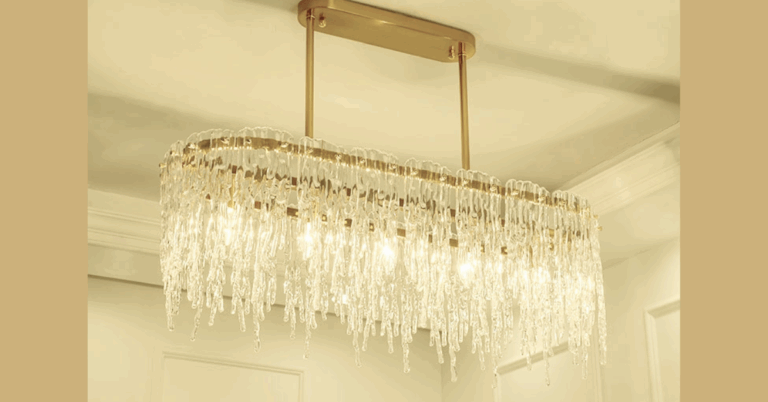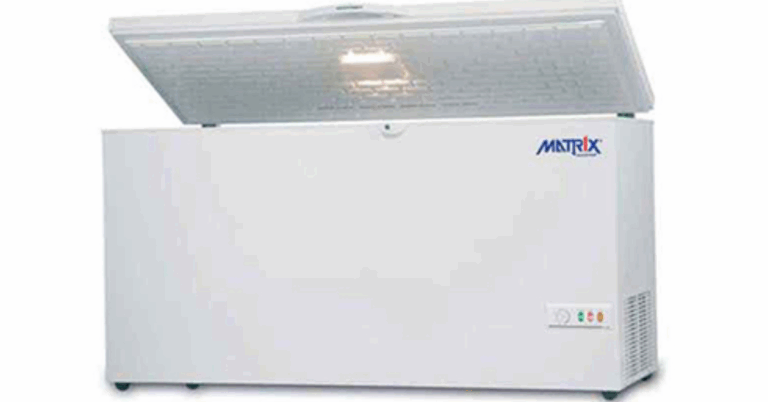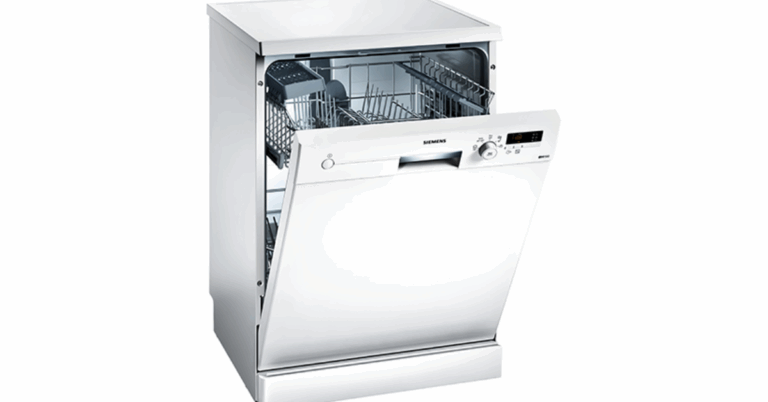Choosing the Right Bathroom Sink Singapore: Style, Function & Practical Tips
When designing a bathroom for Singapore’s tropical climate and compact living spaces, selecting your Bathroom Sink Singapore is a decision that blends practicality with aesthetic appeal. The right sink not only defines daily routines like hand washing and grooming it influences water flow, maintenance, space layout, and how your bathroom feels overall. In Singapore’s homes—whether HDB flats, private condominiums, or landed houses finding a sink that balances design, function, and durability is crucial. This article provides a detailed guide: the types of bathroom sinks, material and finish considerations, sizing and layout tips, popular design trends in Singapore, installation advice, common mistakes, and maintenance essentials to help you pick a sink you’ll appreciate for years.
Why the Sink Matters More than It Seems
A bathroom sink is one of the most frequently used fixtures in any home. While faucets, taps, mirrors, or lighting often get more attention, the basin itself underpins usability. A poorly chosen sink can lead to awkward water splashes, difficult cleaning, cumbersome layout constraints, or premature wear. In Singapore’s humid environment, moisture, soap scum, and mineral deposits magnify such annoyances.
A thoughtfully chosen sink improves comfort, keeps the space clean, fits well into limited layouts, and complements your overall interior design. Especially in compact bathrooms, every millimeter and contour matters.
Types of Bathroom Sinks & Their Use Cases
When shopping for a sink, here are the common forms and installation styles you’ll encounter in Singapore, each with pros and cons:
1. Drop-In / Self-Rimming Basin
This type is inserted into a countertop cutout, with the rim resting on the counter surface.
Pros:
-
Easier installation cuts, plumbing lines are concealed
-
Rim hides edges of the countertop
-
Replacement is simpler
Cons:
-
Rim may collect grime or be harder to clean
-
Less seamless visual integration
2. Undermount Basin
Mounted beneath the countertop so that the edge of the counter continues uninterrupted.
Pros:
-
Clean, sleek look
-
Easier countertop cleaning water can be wiped straight in
-
More elegant, modern aesthetic
Cons:
-
Requires strong adhesive and mounting hardware
-
More challenging installation and possible higher cost
-
Countertop cut must be precise
3. Vessel / Above-Counter Basin
The basin sits entirely above the counter, like a bowl.
Pros:
-
Acts as a visual feature or design accent
-
Frees up more counter space beneath
Cons:
-
Splashing issues if faucet height or flow isn’t well matched
-
Harder to access in deep basins
-
Can look bulky if not proportioned appropriately
4. Wall-Mounted / Pedestal Basin
The sink is fixed to the wall, sometimes with a pedestal below.
Pros:
-
Saves floor space good for small bathrooms
-
Clean, minimalist style
-
Plumbing is partially hidden
Cons:
-
Less counter space
-
Mounting must be strong (into wall studs or support)
-
Pedestal bases may block storage or plumbing access
5. Console / Semi-Recessed Basin
Part of the basin is recessed into the countertop while the front hangs over the edge.
Pros:
-
Good compromise between counter surface and basin projection
-
Visual interest and moderate spill control
Cons:
-
Requires precise layout
-
Limited in deep counters
Materials & Finishes: Durability, Maintenance & Style
The material and surface finish of a sink heavily influence its longevity and ease of upkeep. Key options and what to look for:
Materials
-
Vitreous China / Porcelain: The most common. Smooth, glossy, easy to clean.
-
Ceramic: Similar to porcelain.
-
Cast Mineral / Solid Surface: Blend of minerals and resins; can be seamless and repairable.
-
Natural Stone (marble, granite): Luxurious look, but more maintenance (sealing, avoid acidic cleaners).
-
Glass / Tempered Glass: Bold and modern, but scratch-prone and requires careful cleaning.
-
Stainless Steel: Rare in bathroom basins, but durable and industrial.
Finishes & Glazes
-
Look for high-quality glazing or coatings that resist stains, scratches, and soap scum buildup.
-
Matte or semi-matte finishes may hide water spots better than glossy ones.
-
Anti-bacterial or easy clean glaze variants can help reduce grime in humid environments.
Size, Depth & Proportions: Matching Your Space
Choosing the right dimensions ensures usability and balance:
-
Width & Length: The sink should fit comfortably in the vanity or wall space without crowding adjacent fixtures.
-
Depth: Not too shallow (water may splash out), not too deep (uncomfortable to use). For vessel basins, ensure faucet spout reaches adequately into the bowl.
-
Height: Countertop height plus sink thickness should remain comfortable for users.
-
Overflow: Some sinks include overflow channels to prevent spill. If not, ensure drain design and faucet flow are well matched.
In small Singapore bathrooms, sinks with narrower projection (front to back) are often preferred so as not to obstruct circulation.
Faucet & Tap Compatibility
Your sink must pair well with your faucet:
-
Tap Hole Configuration: Single hole, three hole, center-set match your sink’s pre drilled holes.
-
Faucet Spout Height & Reach: Especially for vessel basins or deep sinks, spout reach must land water centrally.
-
Mixed Tap / Mixer Compatibility: Ensure the mixer (hot/cold combined handle) aligns with sink layout.
-
Mounting Style: Countertop mounted, wall mounted taps must align with sink positioning.
Singapore Design Trends in Bathroom Basins
Bathrooms in Singapore increasingly blend style with function. Some popular trends:
-
Minimalist & Sleek Forms: Clean lines, thin edges, floating basins.
-
Matte Finishes / Dark Tones: Dark grey, black, even colored basins as accents.
-
Rimless or Tight-Rim Design: Easier to clean, more modern visual.
-
Integrated Vanity-Basin Designs: Seamless transitions between countertop and sink basin.
-
Semi-Recessed & Vessel Styles in Compact Layouts: Stylish but functional in small bathrooms.
-
Height-Adjustable & Universal Basins: For better accessibility and inclusivity.
-
Eco / Water-Efficient Features: Designs that minimize splash and water use.
Installation Considerations & Best Practices
To make sure your sink performs well long term, ensure the installation is precise:
-
Wall Structure / Support: For wall mounted sinks, ensure wall can carry load and plumbing.
-
Seal & Caulking: Proper sealing around edges to prevent water ingress under counters or behind walls.
-
Drain & Trap Alignment: Ensure the P trap or S trap aligns properly. Overshooting or misalignment causes leaks or inefficient drainage.
-
Access for Maintenance: Leave space below or behind for access to plumbing, especially for vessel or undermount types.
-
Proper Mounting & Leveling: Sinks must be level so water drains fully.
-
Countertop Cutout Accuracy: For undermount or semi recessed basins, cut must be precise.
-
Ventilation & Moisture Control: Adequate ventilation prevents moisture damage to underside or cabinetry.
Common Mistakes & How to Avoid Them
-
Choosing a sink that’s too deep, causing splashes or difficulty reaching.
-
Overlooking faucet reach water falls too close to the back or rim, not center of basin.
-
Neglecting ease of cleaning sharp corners or crevices catch grime.
-
Selecting materials or finishes poorly suited to humid environments.
-
Skimping on mounting support, leading to cracks or misalignment.
-
Forgetting plumbing access makes repairs or replacement difficult later.
Maintenance & Cleaning Tips
To keep your sink looking and functioning well:
-
Use gentle, non-abrasive cleaners. Harsh chemicals or scouring pads scratch surfaces.
-
Clean regularly to prevent soap scum and mineral build-up.
-
Check and clean overflow holes or slots (if present).
-
Wipe surfaces dry to reduce water spots or mineral deposit marks.
-
Periodically check under counters for leaks, seal condition, and water damage.
-
If glaze gets scratched, use repair kits or professionals if possible for minor touch-up.
How to Choose the Right Bathroom Sink Singapore: A Practical Checklist
-
Measure your counter or wall space (width, depth).
-
Choose sink type (undermount, vessel, wall, semi recessed).
-
Match with faucet design and spout reach.
-
Select material and finish durable for humid conditions.
-
Check mounting and plumbing feasibility.
-
Confirm drain/trap alignment and space for plumbing.
-
Review ease of cleaning and maintenance.
-
Ensure availability of replacement parts or warranty.
-
Check aesthetic harmony with the rest of the bathroom (tiles, mirrors, fixtures).
Example Scenario: Sink Selection in a Compact Singapore Bathroom
Imagine a condominium bathroom of about 4 m². The homeowner opts for a semi recessed basin to save counter depth while still having a protruding front for styling. The sink is matched with a tall single-lever mixer tap whose spout reaches the inner basin fold. The finish is matte off white to contrast darker tiles. Underneath, the plumbing is aligned directly behind so the trap is concealed. The material is fine vitreous china with a thick glaze. The result is a balanced sink layout that looks modern, functions well, avoids splash, and keeps surfaces easy to clean.
Final Thoughts
A well-selected bathroom sink Singapore is more than just a basin it’s a key component in your bathroom’s functionality and aesthetics. Because of frequent use, moisture, and design constraints in Singapore homes, it’s crucial to pick one that aligns with your space, plumbing setup, design taste, and maintenance capabilities. With the right planning considering type, material, size, faucet matching, installation quality you’ll not only get a sink that looks great, but one that lasts and performs beautifully day after day.

